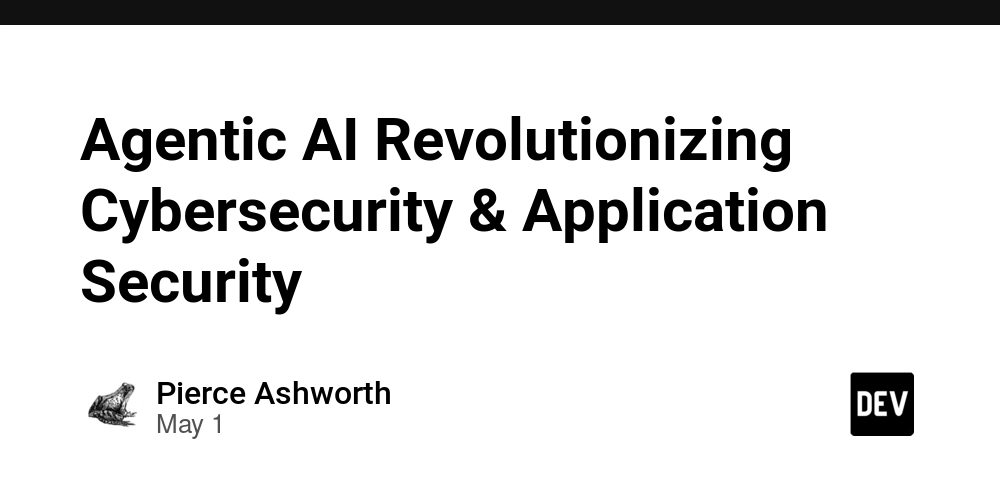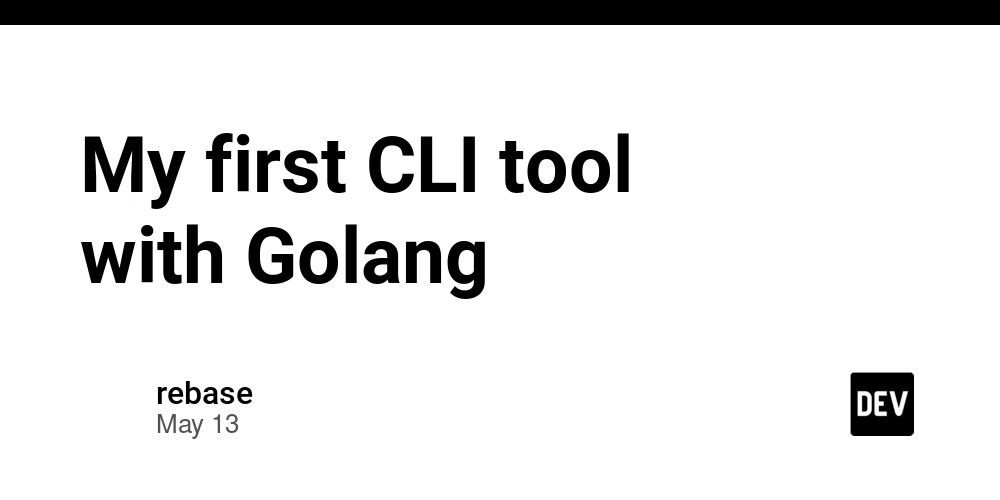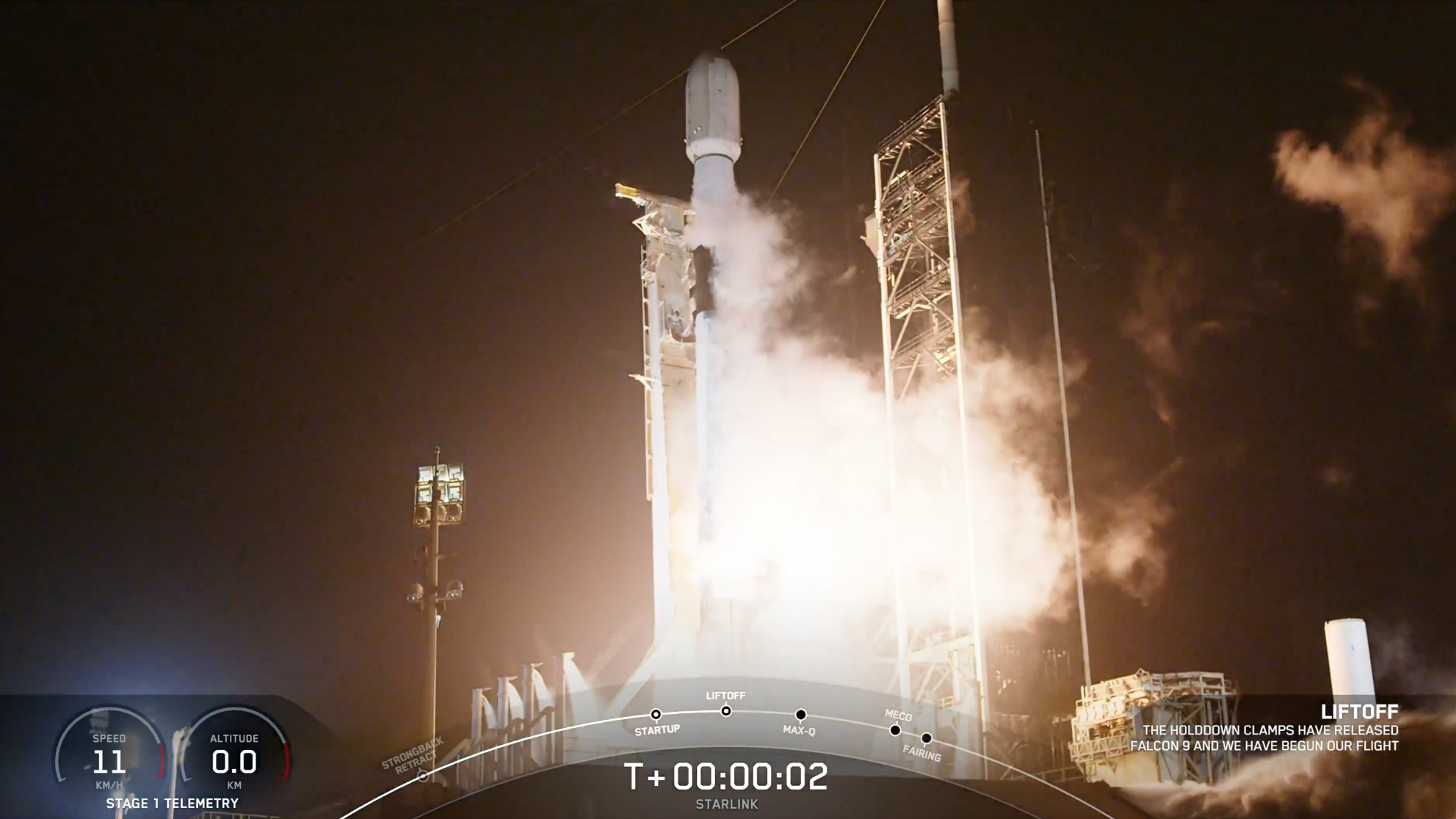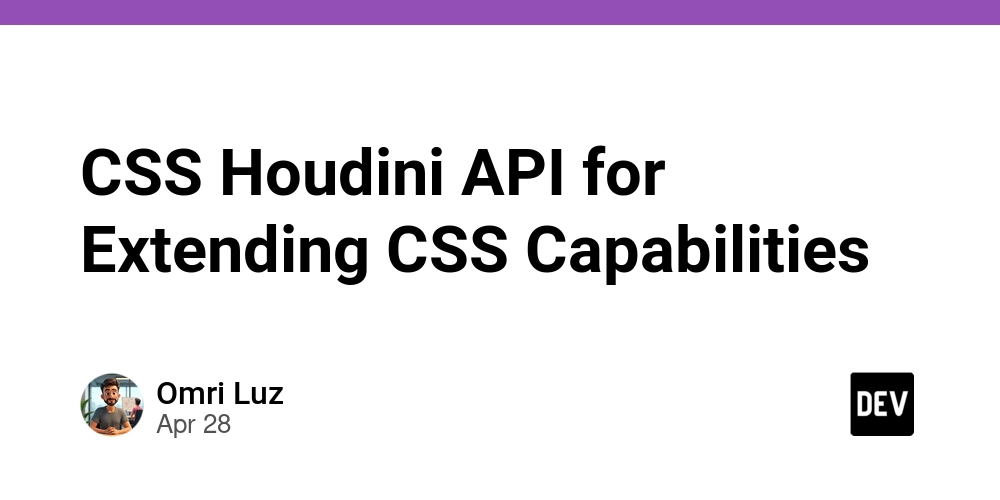Agentic AI Revolutionizing Cybersecurity & Application Security
Here is a quick description of the topic: Artificial intelligence (AI) which is part of the constantly evolving landscape of cybersecurity, is being used by corporations to increase their security. Since threats are becoming more sophisticated, companies are increasingly turning to AI. While AI has been a part of the cybersecurity toolkit since the beginning of time and has been around for a while, the advent of agentsic AI can signal a new age of innovative, adaptable and contextually-aware security tools. The article explores the possibility for agentsic AI to transform security, with a focus on the uses of AppSec and AI-powered automated vulnerability fixes. The rise of Agentic AI in Cybersecurity Agentic AI is a term used to describe goals-oriented, autonomous systems that recognize their environment to make decisions and implement actions in order to reach the goals they have set for themselves. In contrast to traditional rules-based and reactive AI systems, agentic AI systems possess the ability to evolve, learn, and operate with a degree that is independent. This independence is evident in AI agents in cybersecurity that are able to continuously monitor systems and identify any anomalies. Additionally, they can react in immediately to security threats, and threats without the interference of humans. The application of AI agents in cybersecurity is vast. Through the use of machine learning algorithms and vast amounts of data, these intelligent agents can spot patterns and connections which human analysts may miss. They can sift out the noise created by several security-related incidents by prioritizing the most significant and offering information for quick responses. Agentic AI systems are able to learn and improve their abilities to detect risks, while also being able to adapt themselves to cybercriminals changing strategies. Agentic AI (Agentic AI) and Application Security Agentic AI is a powerful instrument that is used in many aspects of cybersecurity. But, the impact it has on application-level security is notable. Security of applications is an important concern for businesses that are reliant more and more on complex, interconnected software platforms. AppSec tools like routine vulnerability analysis as well as manual code reviews tend to be ineffective at keeping up with current application design cycles. Enter agentic AI. Incorporating intelligent agents into the lifecycle of software development (SDLC), organizations can change their AppSec processes from reactive to proactive. AI-powered agents are able to continually monitor repositories of code and scrutinize each code commit to find weaknesses in security. These agents can use advanced techniques like static code analysis as well as dynamic testing to detect a variety of problems that range from simple code errors to invisible injection flaws. What sets agentic AI different from the AppSec domain is its ability to recognize and adapt to the particular environment of every application. Agentic AI can develop an understanding of the application's structures, data flow and the attack path by developing an extensive CPG (code property graph) an elaborate representation that shows the interrelations between code elements. The AI is able to rank vulnerabilities according to their impact in real life and ways to exploit them and not relying upon a universal severity rating. AI-Powered Automated Fixing AI-Powered Automatic Fixing Power of AI One of the greatest applications of AI that is agentic AI within AppSec is the concept of automated vulnerability fix. The way that it is usually done is once a vulnerability has been discovered, it falls on the human developer to examine the code, identify the vulnerability, and apply an appropriate fix. This could take quite a long duration, cause errors and hold up the installation of vital security patches. With agentic AI, the game changes. AI agents are able to find and correct vulnerabilities in a matter of minutes through the use of CPG's vast expertise in the field of codebase. Intelligent agents are able to analyze the code that is causing the issue, understand the intended functionality as well as design a fix that addresses the security flaw without adding new bugs or breaking existing features. The implications of AI-powered automatized fix are significant. The amount of time between the moment of identifying a vulnerability and the resolution of the issue could be drastically reduced, closing the door to the attackers. It will ease the burden on the development team as they are able to focus on creating new features instead of wasting hours working on security problems. Automating the process of fixing vulnerabilities will allow organizations to be sure that they're utilizing a reliable and consistent process, which reduces the chance for oversight and human error. What are the obstacles and considerations? The potential for agentic AI in the field of cybersecurity

Here is a quick description of the topic:
Artificial intelligence (AI) which is part of the constantly evolving landscape of cybersecurity, is being used by corporations to increase their security. Since threats are becoming more sophisticated, companies are increasingly turning to AI. While AI has been a part of the cybersecurity toolkit since the beginning of time and has been around for a while, the advent of agentsic AI can signal a new age of innovative, adaptable and contextually-aware security tools. The article explores the possibility for agentsic AI to transform security, with a focus on the uses of AppSec and AI-powered automated vulnerability fixes.
The rise of Agentic AI in Cybersecurity
Agentic AI is a term used to describe goals-oriented, autonomous systems that recognize their environment to make decisions and implement actions in order to reach the goals they have set for themselves. In contrast to traditional rules-based and reactive AI systems, agentic AI systems possess the ability to evolve, learn, and operate with a degree that is independent. This independence is evident in AI agents in cybersecurity that are able to continuously monitor systems and identify any anomalies. Additionally, they can react in immediately to security threats, and threats without the interference of humans.
The application of AI agents in cybersecurity is vast. Through the use of machine learning algorithms and vast amounts of data, these intelligent agents can spot patterns and connections which human analysts may miss. They can sift out the noise created by several security-related incidents by prioritizing the most significant and offering information for quick responses. Agentic AI systems are able to learn and improve their abilities to detect risks, while also being able to adapt themselves to cybercriminals changing strategies.
Agentic AI (Agentic AI) and Application Security
Agentic AI is a powerful instrument that is used in many aspects of cybersecurity. But, the impact it has on application-level security is notable. Security of applications is an important concern for businesses that are reliant more and more on complex, interconnected software platforms. AppSec tools like routine vulnerability analysis as well as manual code reviews tend to be ineffective at keeping up with current application design cycles.
Enter agentic AI. Incorporating intelligent agents into the lifecycle of software development (SDLC), organizations can change their AppSec processes from reactive to proactive. AI-powered agents are able to continually monitor repositories of code and scrutinize each code commit to find weaknesses in security. These agents can use advanced techniques like static code analysis as well as dynamic testing to detect a variety of problems that range from simple code errors to invisible injection flaws.
What sets agentic AI different from the AppSec domain is its ability to recognize and adapt to the particular environment of every application. Agentic AI can develop an understanding of the application's structures, data flow and the attack path by developing an extensive CPG (code property graph) an elaborate representation that shows the interrelations between code elements. The AI is able to rank vulnerabilities according to their impact in real life and ways to exploit them and not relying upon a universal severity rating.
AI-Powered Automated Fixing AI-Powered Automatic Fixing Power of AI
One of the greatest applications of AI that is agentic AI within AppSec is the concept of automated vulnerability fix. The way that it is usually done is once a vulnerability has been discovered, it falls on the human developer to examine the code, identify the vulnerability, and apply an appropriate fix. This could take quite a long duration, cause errors and hold up the installation of vital security patches.
With agentic AI, the game changes. AI agents are able to find and correct vulnerabilities in a matter of minutes through the use of CPG's vast expertise in the field of codebase. Intelligent agents are able to analyze the code that is causing the issue, understand the intended functionality as well as design a fix that addresses the security flaw without adding new bugs or breaking existing features.
The implications of AI-powered automatized fix are significant. The amount of time between the moment of identifying a vulnerability and the resolution of the issue could be drastically reduced, closing the door to the attackers. It will ease the burden on the development team as they are able to focus on creating new features instead of wasting hours working on security problems. Automating the process of fixing vulnerabilities will allow organizations to be sure that they're utilizing a reliable and consistent process, which reduces the chance for oversight and human error.
What are the obstacles and considerations?
The potential for agentic AI in the field of cybersecurity and AppSec is immense however, it is vital to understand the risks and considerations that come with its implementation. In the area of accountability and trust is a key one. As AI agents grow more independent and are capable of making decisions and taking actions by themselves, businesses have to set clear guidelines and control mechanisms that ensure that AI is operating within the bounds of acceptable behavior. AI is operating within the boundaries of acceptable behavior. It is crucial to put in place reliable testing and validation methods in order to ensure the security and accuracy of AI produced solutions.
Another issue is the possibility of adversarial attacks against the AI model itself. Attackers may try to manipulate the data, or attack AI model weaknesses since agentic AI techniques are more widespread within cyber security. It is important to use secured AI methods like adversarial and hardening models.
The effectiveness of agentic AI in AppSec is heavily dependent on the accuracy and quality of the code property graph. In ai security validation accuracy to build and keep an exact CPG, you will need to invest in instruments like static analysis, testing frameworks and pipelines for integration. this link must also make sure that their CPGs are continuously updated to reflect changes in the source code and changing threats.
The future of Agentic AI in Cybersecurity
Despite the challenges and challenges, the future for agentic cyber security AI is hopeful. It is possible to expect superior and more advanced autonomous agents to detect cyber-attacks, react to them and reduce their impact with unmatched agility and speed as AI technology improves. Agentic AI built into AppSec has the ability to revolutionize the way that software is developed and protected and gives organizations the chance to design more robust and secure software.
In addition, the integration in the larger cybersecurity system provides exciting possibilities for collaboration and coordination between different security processes and tools. Imagine a world where agents operate autonomously and are able to work throughout network monitoring and response as well as threat security and intelligence. They'd share knowledge as well as coordinate their actions and provide proactive cyber defense.
In the future, it is crucial for organizations to embrace the potential of artificial intelligence while cognizant of the moral and social implications of autonomous AI systems. By fostering a culture of accountability, responsible AI advancement, transparency and accountability, we will be able to leverage the power of AI to create a more safe and robust digital future.
Conclusion
In today's rapidly changing world of cybersecurity, the advent of agentic AI is a fundamental change in the way we think about security issues, including the detection, prevention and elimination of cyber-related threats. The power of autonomous agent, especially in the area of automated vulnerability fixing as well as application security, will aid organizations to improve their security strategies, changing from a reactive approach to a proactive security approach by automating processes moving from a generic approach to contextually aware.
Agentic AI presents many issues, yet the rewards are enough to be worth ignoring. As we continue pushing the limits of AI for cybersecurity the need to take this technology into consideration with the mindset of constant training, adapting and responsible innovation. We can then unlock the potential of agentic artificial intelligence for protecting digital assets and organizations.
ai security validation accuracy














































































